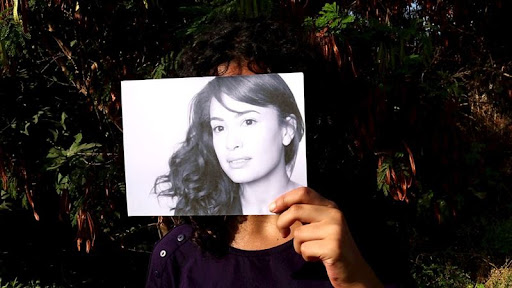On Nov. 11, the vernissage for Making Revolution: Collective Histories, Desired Futures, curated by Farah Atoui and Viviane Saglier, took place at the Montréal Arts, Interculturels (MAI). This thought-provoking and heartfelt display of short films showcases works from a selection of artists, exploring revolutions and conflicts in Egypt, Lebanon, Palestine, and Iran.
Raed and Rania Rafei’s film Prologue sets the stage for Making Revolution, documenting the protest of young political activists at the American University of Beirut (AUB) just before Lebanon’s civil war in 1974. Concerned that their Arab heritage was not being recognized and opposing a 10 per cent increase in tuition, the students organized a protest that lasted 41 days until it was dispersed by police. Raed & Rania Rafei’s 49-minute documentary investigates revolutionary student mobilization, depicting the rise and driving forces of change through the perspective of young activists.
Prayer of Fear is a short video created by Mosireen, a volunteer media activist group that was initially founded to share videos about the 2011 Egyptian revolution. The film features a reading of Mahmoud Ezzat’s poem “Salat al khuf” (“The Prayer of Fear”). Ezzat’s words were inspired by the deaths of hundreds of peaceful protesters at the Rabaa massacre in 2013. Mosireen’s film reveals the severity of devastation experienced during the tragedy—an experience the group described as “truly paralyzing. The worst massacre in modern history […] committed in broad daylight, in Cairo, live on television.”
At those terrifying frontiers where the existence and disappearance of people fade into each other is a multimedia piece created by film-makers Basel Abbas & Ruanne Abou-Rahme. Inspired by Edward Said’s After the Last Sky, the pair reconstructed Said’s words into a new script—the reworked text reflects on the conflict caused by the complexity of socially constructed nationality and citizenship in Gaza. The artists use moving pictures, written text, and music to convey imagery of the “March of Return” in the Gaza strip.
Mohammad Shawky Hassan, a video artist and filmmaker who works in both Berlin and Cairo, created And on a Different Note, a production that combines video footage from New York and Cairo. This motion picture reveals human efforts of escapism, to find peace in the privacy of the home, despite the clamorous commotion of the outside world. As Hassan describes, “time and place stand on parallel lines, refuting the coordinates of existence.” And on a Different Note was selected by the Museum of Modern Art in New York City to be displayed in 2016 as a component of a permanent collection.
Notes on Seeing Double by Sanaz Sohrabi coalesces a photo of a crowd gathering to see Ayatollah Khomeini’s return to Tehran in 1979 after years of exile with a picture of Rembrandt Harmenszoon van Rijn’s painting The Anatomy Lessons of Dr. Nicolaes Tulp from 1632. Sobhari’s film flips through photographs of cut-out images that depict crowds of Khomeini’s supporters, which she holds in front of Rembrandt’s painting. In so doing, she shifts the viewer’s attention from Khomeini to a cadaver in the Amsterdam anatomical theatre, juxtaposition historical images with modern ones. Centred on the Persian expression “temsaal,” meaning to describe or to shape, the exhibit moulds the original photos of Khomeini’s return into an image of crowds welcoming the death of revolutionary ideals, or, perhaps the demise of this free state.
Making Revolutions continues until December 11, 2021, at the Montréal, Arts Interculturels (3680, rue Jeanne-Mance, suite 103 Montréal). Book in advance. Free admission.









